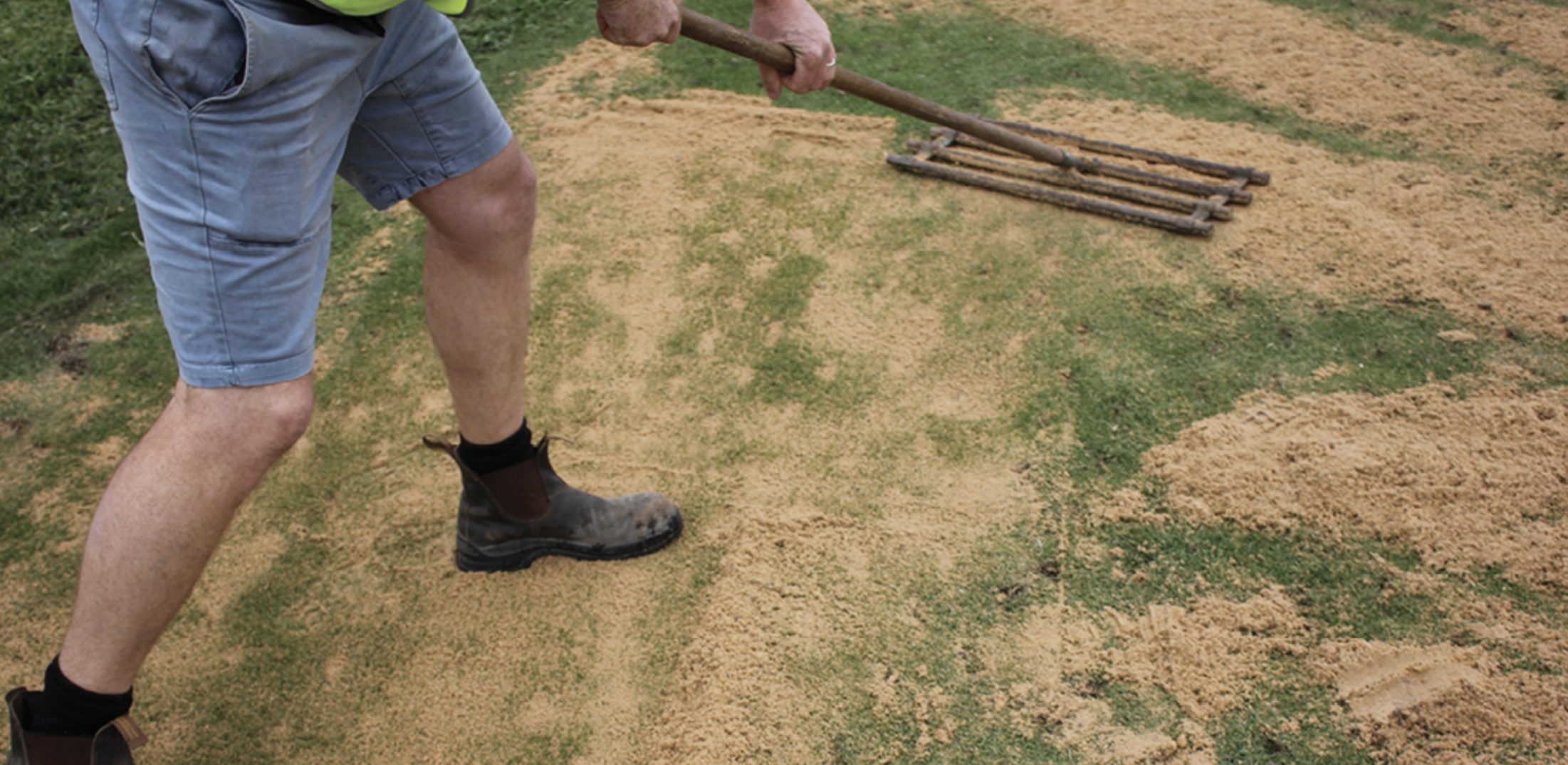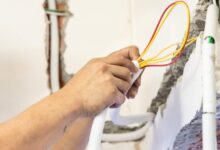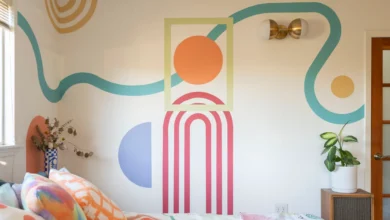
Revitalize Your Lawn: The Comprehensive Guide to Top Dressing for a Healthier, Greener Yard
Lawn top dressing is a crucial maintenance practice that involves applying a thin layer of soil or compost over the surface of a lawn. This practice can significantly improve the health and appearance of a lawn, providing numerous benefits such as enhanced soil structure, improved drainage, and increased nutrient content.
Table of Contents
Benefits of Lawn Top Dressing
- Soil Structure Improvement: Over time, lawns can suffer from soil compaction, particularly in areas with heavy foot traffic or clay-rich soils. Top dressing helps alleviate compaction by adding organic matter, which improves soil aeration and root penetration. This results in healthier, deeper root systems and a more resilient lawn.
- Enhanced Drainage: Poor drainage can lead to waterlogging, which suffocates roots and promotes the growth of moss and other undesirable plants. By applying a top dressing mix that includes sand, the soil’s drainage capacity is improved, allowing excess water to percolate away from the root zone more effectively.
- Nutrient Enrichment: Adding compost or other organic materials as part of the top dressing mix can boost the soil’s nutrient content. These nutrients are gradually released into the soil, providing a steady supply of essential elements like nitrogen, phosphorus, and potassium, which are vital for healthy grass growth.
- Thatch Reduction: Thatch, a layer of dead grass and roots that accumulates on the soil surface, can hinder water, nutrient, and air penetration. Top dressing helps to break down thatch by introducing microorganisms that decompose organic matter, thereby reducing the thatch layer and enhancing the lawn’s overall health.
- Surface Leveling: Over time, lawns can develop uneven surfaces due to various factors such as settling, erosion, or animal activity. Top dressing helps to level the lawn by filling in low spots and smoothing out bumps, creating a more uniform and aesthetically pleasing surface.
- Improved Seed Germination: When overseeding, top dressing provides an ideal environment for seed germination. The added layer of soil or compost helps to protect seeds, retain moisture, and provide a nutrient-rich medium for the young grass plants to establish and grow.
Materials for Top Dressing
The choice of materials for top dressing depends on the specific needs of the lawn and the existing soil conditions. Common materials include:
- Sand: Used to improve drainage and alleviate compaction. It is often mixed with other materials to create a balanced top dressing mix.
- Compost: Rich in organic matter, compost improves soil fertility and structure. It also supports beneficial microbial activity.
- Loam: A balanced soil mix that includes sand, silt, and clay. Loam is ideal for improving overall soil quality and supporting healthy grass growth.
Process of Lawn Top Dressing
- Preparation: Begin by mowing the lawn to a shorter height than usual. This makes it easier to apply the top dressing material evenly. It’s also a good idea to aerate the lawn before top dressing, which further alleviates compaction and allows the dressing material to integrate more effectively with the existing soil.
- Application: Spread the top dressing material evenly over the lawn. The layer should be thin, typically around 1/4 inch to 1/2 inch thick. Use a shovel or a broadcast spreader for even distribution.
- Incorporation: Work the top dressing material into the grass using a rake or a brush. This helps to ensure good contact between the soil and the top dressing material, facilitating better integration and root contact.
- Watering: After applying and incorporating the top dressing, water the lawn thoroughly. This helps to settle the material and start the process of nutrient release and soil improvement.
Frequency of Top Dressing
The frequency of top dressing depends on the condition of the lawn and the specific goals of the maintenance program. For most lawns, top dressing once a year, typically in the spring or fall, is sufficient. However, lawns that suffer from severe compaction, poor drainage, or nutrient deficiencies may benefit from more frequent applications.
In conclusion, lawn top dressing is a valuable practice for maintaining a healthy and attractive lawn. By improving soil structure, enhancing drainage, enriching nutrient content, reducing thatch, leveling the surface, and supporting seed germination, top dressing helps to create a resilient and vibrant lawn that can withstand environmental stresses and provide a beautiful green space for outdoor activities.








